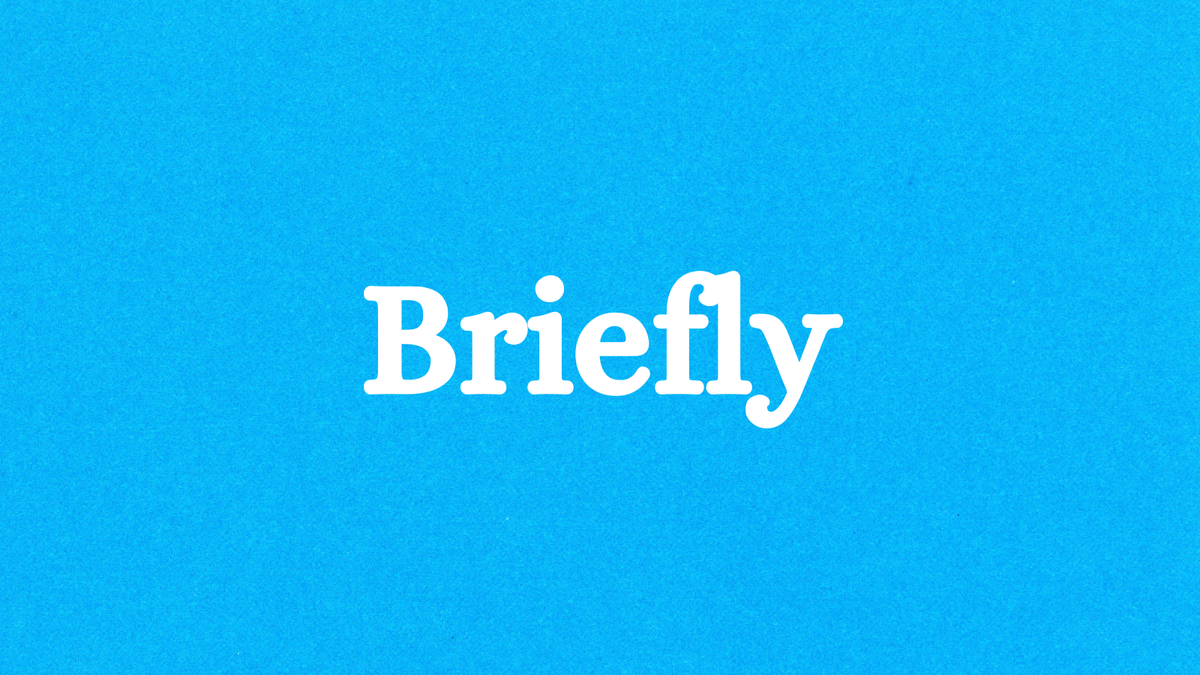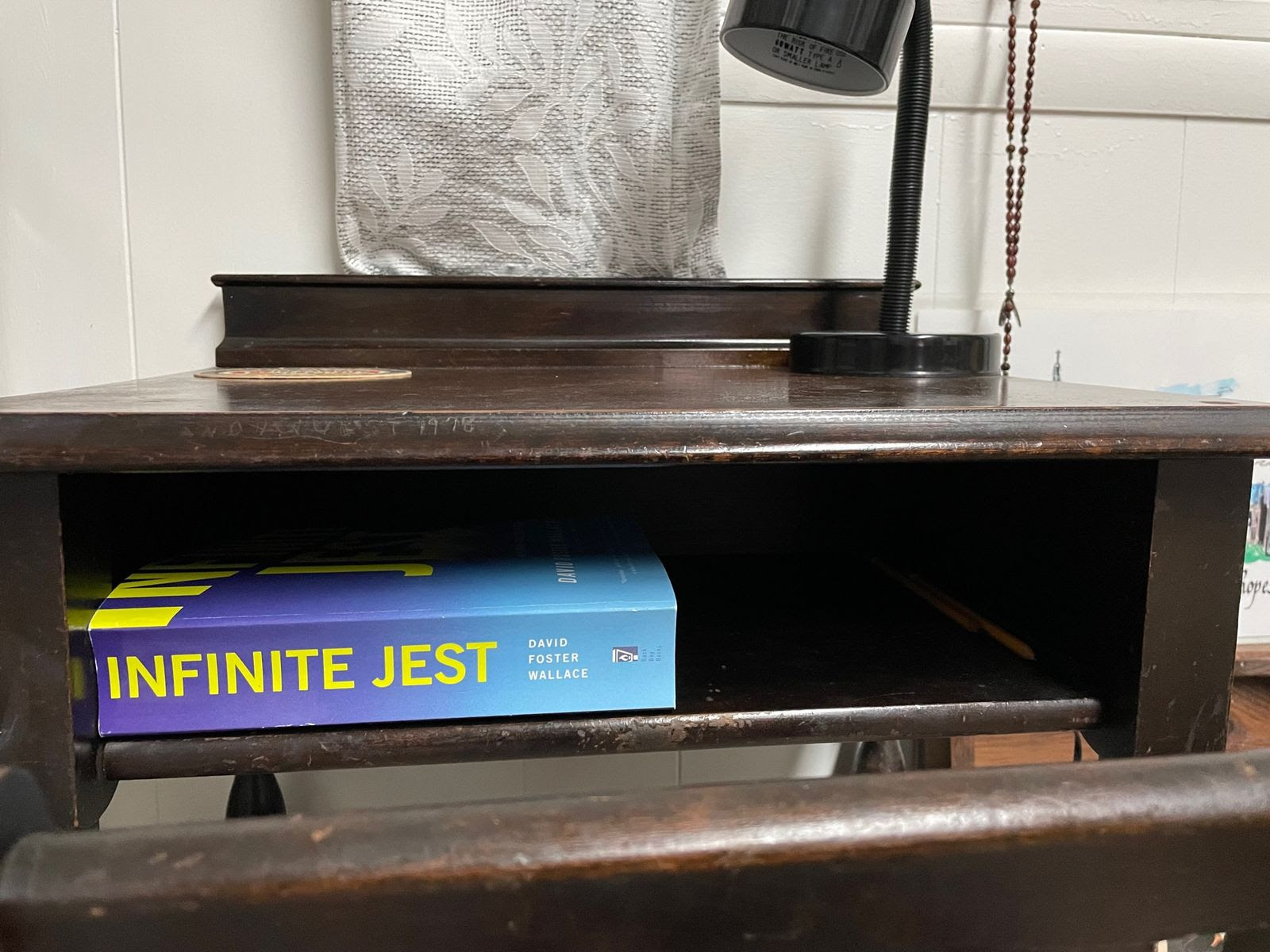Infinite Jest

Bill Burr has a great bit where he describes parenting as a 25-30 year sentence. You're sucked into a bubble, cut off from the outside world as you try to raise your kids. When you come out, you're stuck in, say, 1993 but it's now 2023.
That's how I feel about entertainment. I tend to read more than an Aspergerite locked in a library, so I always remained aware of cultural, societal, and political trends (I was ringing alarms about Disney back in the early 2000s).
But entertainment? I was in a bubble for nearly 30 years. I missed good movies, good novels, and good music.
I'm trying to catch up. I've assembled an 8-hour Spotify playlist from my bubble years (Contemporary by "The Daily Eudemon," if you care to check it out).
And I'm now biting off the biggest novel of that era: David Foster Wallace's Infinite Jest.
I'm on page 51.
Just 930 pages left.
Plus 100 pages of endnotes, some of which have their own footnotes.

They say it's the ultimate novel of the X Generation, though Wallace (born 1962) slightly predates it. I'm thoroughly ensconced in X, which is probably why I relate to Bill Burr (who was taught by Wallace in college) and I'm relating so well to this massive volume.
The problem with such a huge book is that it's such a huge book. I feel like I'm buying into another 25-year sentence, especially since it's hard to read and I can't even figure out what it's about.
The book appears to be a series of vignettes, each with separate narrators. I assume Wallace weaves them together throughout the massive tome, but at this point, they're just disjointed literary sketches.
But each is infinitely enjoyable.
And that's how I'm approaching it: one sketch per day, treating each like it's a separate short story.
With that mindset, the 1,000 pages don't look daunting. The book itself looks more like a treasure chest of chuckles than a job.
I like my approach. I wish I could recommend it, but I'm not even 5% of the way through the book. Check back with me in 2026 and I'll let you know how it went.
Related (a blurb I wrote after seeing an Amazon "Limited Time Offer" to buy I.J. on Kindle for just $4.99)
Wallace was a huge tennis nut in his youth. He wrote parts of Jest to mimic a tennis game. How? He used a massive number of endnotes. The result: you have to go back and forth, just like a tennis rally. It's a hassle (and, frustratingly, I am now on page 100 and have skipped most of the endnotes, not realizing they were integral to the work).
Kindle makes the rally easier. You click the endnote link, read the endnote, then click "back to text." It's easy and for easier, turning that tennis groundstroke rally more into a volley rally with both players at the net.
